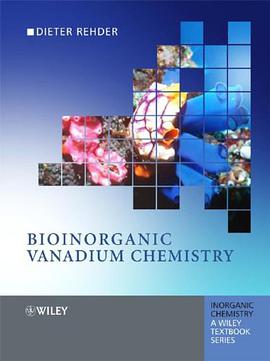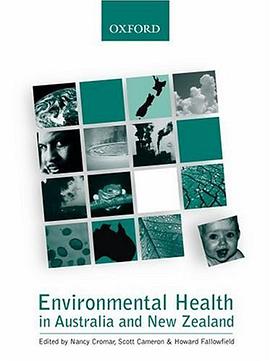

具体描述
Vanadium is named after Vanadis, the most aristocratic of Norse goddesses, who symbolises beauty and fertility - essential features of vanadium chemistry. It is a ubiquitous trace element, with a surprising range of biological functions. In Bioinorganic Vanadium Chemistry, Dieter Rehder addresses the major aspects of vanadium chemistry related to living organisms and the mutual impact between biological and inorganic vanadium chemistry. Topics covered include: the history, natural occurrence, distribution and impact of vanadium inorganic aspects of the function of vanadium in biological systems interaction of aqueous vanadate and vanadyl with biogenic ligands vanadium coordination compounds the vanadium-carbon bond methods of characterisation of biogenic and model vanadium systems (EPR and ENDOR for oxovanadium(IV); 51 V NMR for vanadium(V); XAS) vanadium in ascidians and polychaeta worms the concentration of vanadium in the form of amavadin by Amanita mushrooms vanadate-dependent haloperoxidases vanadium and the nitrogen cycle vanadate as energiser for bacteria, and vanadophores medicinal aspectsm including the anti-diabetic potential of vanadium compounds interaction of vanadium with proteins and protein substrates vanadium and phosphate-metabolising enzymes Bioinorganic Vanadium Chemistry conveys the essential aspects of vanadium bioinorganic chemistry, making this book a valuable complement to more general bioinorganic chemistry texts and more specialized topical reviews for researchers and students alike.
作者简介
目录信息
读后感
评分
评分
评分
评分
用户评价
相关图书
本站所有内容均为互联网搜索引擎提供的公开搜索信息,本站不存储任何数据与内容,任何内容与数据均与本站无关,如有需要请联系相关搜索引擎包括但不限于百度,google,bing,sogou 等
© 2026 book.wenda123.org All Rights Reserved. 图书目录大全 版权所有




















